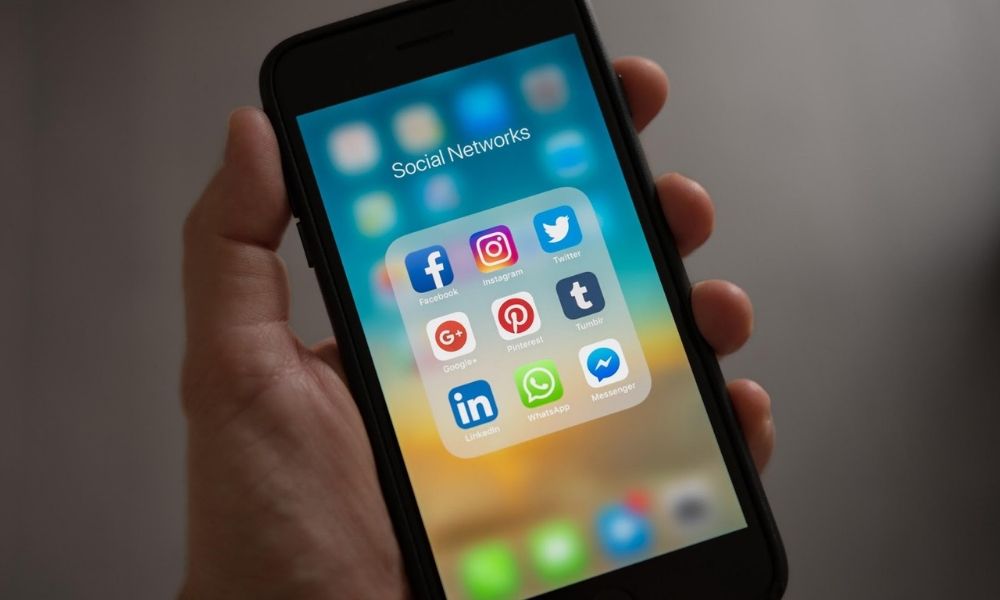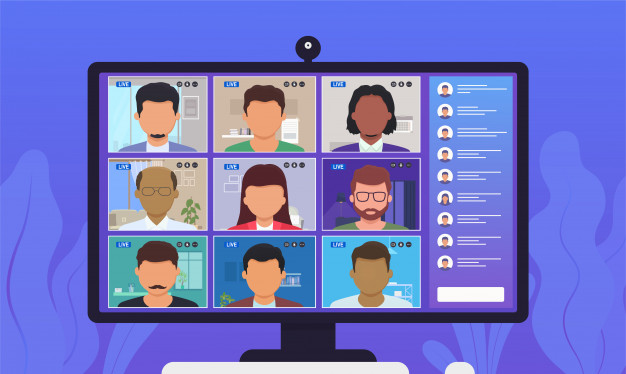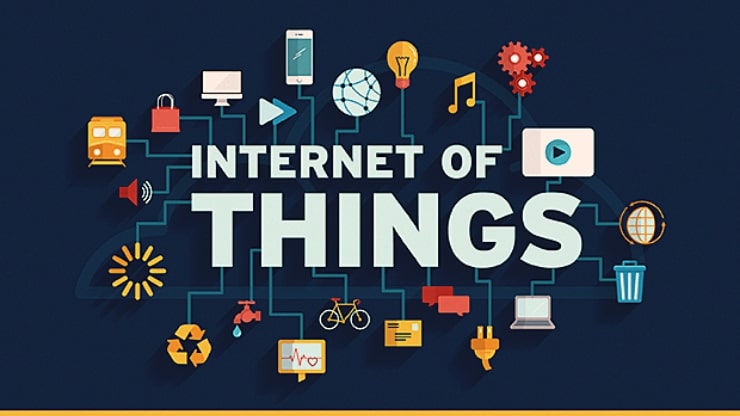Staying connected is a core part of our lives. It fuels relationships, drives businesses, and shapes societies. The way we communicate has changed drastically, thanks to groundbreaking innovations.
Each of these technological marvels tells its own story of how people find faster, easier, and smarter ways to interact.
Let’s take a closer look at the standout innovations keeping us together in this ever-connected world.
Innovations That Keep Us Connected
1. Landlines

Long before smartphones became our pocket companions or the internet made everything instant, landlines were the heartbeat of communication. They connected homes, offices, and even entire communities.
While they may seem like relics today, they built the foundation for modern connectivity and still have a role to play in specific areas.
When landlines first came along, they changed everything. Suddenly, you could talk to someone miles away without waiting for letters or physically traveling. Their simplicity was their power.
Using fixed copper wires, they delivered clear, stable audio, making every call feel personal and immediate. It wasn’t just about talking – it was about creating a new way to connect.
Over time, landlines adapted. Features like touch-tone dialing, answering machines, and call waiting brought convenience to their reliability. They stayed useful as people’s communication needs grew. But with the arrival of mobile phones and internet-based tools, landlines started to lose their spot in daily life. Many homes have since cut the cord, favoring wireless options instead.
Still, landlines haven’t vanished. Businesses use them for secure, high-quality calls. In areas with patchy cell service or during disasters, they remain crucial backups. They’re harder to hack than digital devices, offering privacy that’s increasingly rare. Institutions and critical infrastructure still rely on them because they get the job done without fail.
Landlines may not be the centerpiece of communication anymore, have adapted to the demands of modern life. For instance, platforms like landlineanywhere.uk showcase how traditional landlines can be transformed into flexible, mobile-friendly solutions.
Their reliability and purpose remain a quiet reminder of how far communication has come – and why some things are worth holding onto.
2. The Smartphone

Smartphones have revolutionized how you communicate. Think about it – you’ve got a supercomputer in your pocket, ready to connect you to anyone, anywhere, at any time.
The impact of this tiny device is immense, starting with the basics like calls and texts, then evolving into video chats, social media, and even workspaces. It transformed into a lifeline, offering GPS, music, apps for nearly everything, and instant answers to your questions.
What makes smartphones so special is how they integrate so many communication tools. From email to encrypted messaging apps like WhatsApp or Signal, these devices bridge gaps across continents.
Video calls have become as simple as tapping a screen. Imagine the ease of connecting with a friend halfway around the world in real time. And when businesses shut down during global crises, smartphones became virtual offices, ensuring work could continue.
But it’s not all sunshine and roses. Smartphones come with challenges – digital addiction, data privacy concerns, and screen fatigue. Yet, they continue to evolve, offering smarter AI assistants, better cameras for visual storytelling, and features like digital health tracking.
3. Social Media Platforms

Social media isn’t just about scrolling through memes or liking posts. It’s a platform for building relationships, voicing opinions, and even sparking movements.
Facebook, Twitter (now X), Instagram, and TikTok have reshaped the way you share your life. They’ve become digital public squares where everyone—from friends to brands – can engage with you directly.
Think about the speed of information here. Something happening across the globe can be trending on Twitter within seconds, creating a ripple effect. You’re not just consuming; you’re participating.
Instagram’s stories and reels, for example, bring you closer to the lives of others, while TikTok gives you a stage to share creativity, humor, or knowledge. Social platforms even played a pivotal role in global events, from political uprisings to charity fundraisers.
But it’s not all perfect. The algorithm-driven world can create echo chambers, amplify misinformation, and leave you comparing your life to highlight reels. Even with these pitfalls, social media platforms have pushed the boundaries of how we stay connected.
They make global conversations feel personal. You’re part of the action, whether you’re advocating for a cause, attending a virtual concert, or just sharing a laugh in the comments section.
4. Video Conferencing

Video conferencing has redefined how people communicate, especially in professional spaces. Tools like Zoom, Microsoft Teams, and Google Meet turned what used to be boardroom meetings into screen-sharing sessions with a click. It’s no exaggeration to say these platforms kept the world running during challenging times.
What’s fascinating is how natural video calls feel now. You can see expressions, hear voices, and share screens for better understanding. It bridges the gap between emails and in-person meetings.
For businesses, it became a tool for survival, enabling remote work while keeping productivity high. Families, too, used it to celebrate birthdays, weddings, and even just daily check-ins when distance made it impossible to meet in person.
However, video fatigue is real. Staring at a screen for hours takes a toll. Still, developers are constantly improving these platforms. Noise cancellation, virtual backgrounds, and real-time transcription make conversations easier.
These tools don’t just replicate face-to-face interaction – they enhance it. By blending ease with efficiency, video conferencing ensures you stay connected in ways unimaginable just a decade ago.
5. Messaging Apps

Messaging apps are like the silent engines powering communication. WhatsApp, Telegram, and Messenger let you send texts, photos, videos, and even voice messages at lightning speed. Their group chats and encrypted features make them a go-to for both casual and professional use.
Consider how versatile these apps are. You don’t just text. You send GIFs, stickers, and even documents. Businesses leverage them to provide customer support or run marketing campaigns.
Families and friends use group chats to plan trips or just crack jokes. The best part? They’re reliable even with poor internet connectivity, keeping the conversation alive.
Security is a big draw here, too. End-to-end encryption ensures your private chats remain private. Some apps, like Telegram, even offer self-destructing messages for added privacy.
And if that’s not enough, they’ve integrated video calling and payment systems, making them a one-stop communication shop. It’s safe to say these apps are redefining convenience for communication.
6. Wearable Technology

Wearable devices like smartwatches bring communication to your wrist. Apple Watches and Fitbit devices initially seemed like fitness accessories. But they’ve morphed into compact communication hubs. With just a flick of your wrist, you can reply to texts, answer calls, or even check emails.
Think of how freeing it feels to leave your phone behind and still stay connected. These devices use voice recognition for messages and calls, making multitasking easier.
They also offer health tracking features that sync with your phone. Beyond personal use, wearables are finding applications in healthcare, where they keep patients connected with doctors through real-time data sharing.
But their battery life and screen size can sometimes feel limiting. Yet, wearables keep advancing, with voice assistants like Siri and Alexa becoming more responsive.
As they continue evolving, they might replace smartphones for quick, on-the-go communication. For now, they’re the perfect example of how technology keeps shrinking while connectivity grows.
7. The Internet of Things (IoT)

IoT is the silent network weaving through your life. It connects devices like smart speakers, home security systems, and even appliances, allowing them to communicate seamlessly. Think of Alexa or Google Home – they’ve transformed your home into a voice-activated control center.
You can ask Alexa to turn off the lights or Google to set reminders. Smart thermostats like Nest learn your schedule and adjust the temperature automatically.
Even cars are connected now, offering voice-activated navigation and entertainment. This interconnectedness isn’t just cool – it’s practical. It saves you time and makes life smoother.
The downside? IoT relies heavily on internet stability and raises concerns about data security. But its potential outweighs these issues.
As devices become smarter, IoT will play a bigger role in keeping you connected, whether through smarter homes or better healthcare solutions. It’s changing the way you think about communication, moving beyond words to actions.
Conclusion:
These innovations show how technology adapts to keep you connected, no matter where you are. From smartphones to IoT, each one has redefined communication.
They don’t just help you talk – they shape the way you interact, work, and live. With each step forward, staying connected feels less like a challenge and more like second nature.

